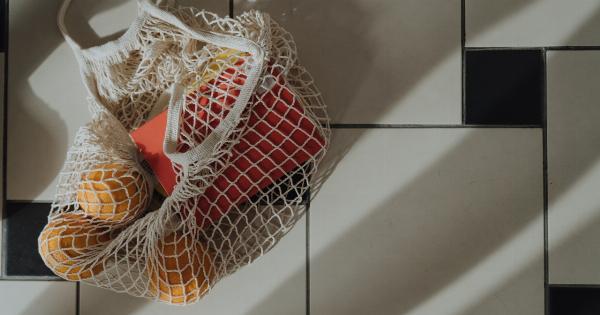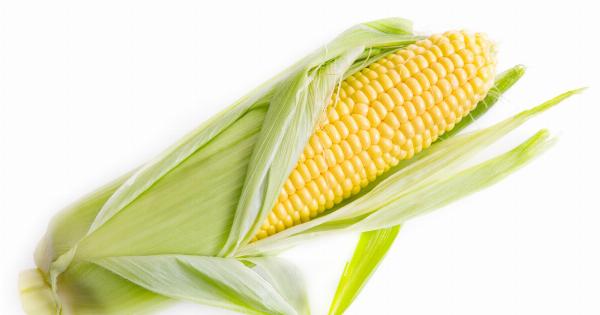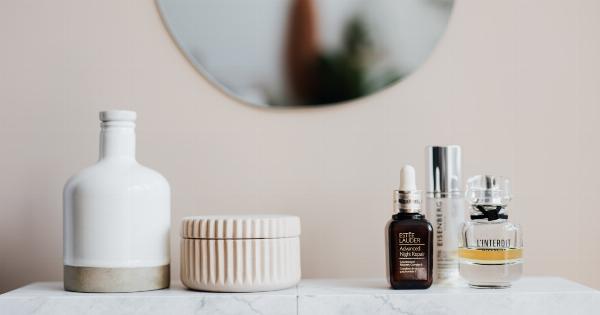Having healthy hair is the dream of every person, regardless of their hair type. However, achieving and maintaining healthy hair can be a challenge, especially with the various factors that can affect its condition.
From dryness and frizz to breakage and hair loss, there are numerous issues that people struggle with.
Understanding Your Hair Type
Before diving into the secrets of healthy hair, it’s important to understand your hair type. Identifying your hair type is crucial as it helps you choose the right products and treatments specific to your hair’s needs.
Here are the different hair types:.
1. Straight Hair
Straight hair tends to be smooth and sleek, lacking natural volume and texture. However, it can become oily quickly and appears flat at times.
The key to maintaining healthy straight hair is finding the right balance of moisture without overloading it with heavy products.
2. Wavy Hair
Wavy hair has a natural flow and loose texture. It is more prone to frizz and needs extra care to maintain its shape. Using hydrating products and avoiding excessive heat styling can help keep wavy hair healthy and manageable.
3. Curly Hair
Curly hair ranges from loose curls to tight coils and is usually more prone to dryness and frizz.
Moisture is essential for curly hair types, so using hydrating shampoos, conditioners, and leave-in treatments can help maintain its health and definition.
4. Coily Hair
Coily hair has tight, springy curls or coils and can often be fragile and prone to breakage. It requires regular deep conditioning, gentle detangling, and protective styling to maintain moisture and minimize damage.
5. Fine Hair
Fine hair refers to the thickness or diameter of each hair strand and can be straight, wavy, or curly. It tends to be more susceptible to oiliness and lacks volume.
Using volumizing products and avoiding heavy conditioners can help fine hair appear fuller and healthier.
6. Thick Hair
Thick hair describes the density or number of hair strands on the scalp. It can be straight, wavy, curly, or coily. While thick hair appears full and voluminous, it may require extra care to prevent it from becoming dry or unmanageable.
Hydrating masks and oils can nourish and tame thick hair.
Secrets to Healthy Hair
1. Proper Haircare Routine
Establishing a proper haircare routine is essential for maintaining healthy hair. This includes regular washing, conditioning, and the use of appropriate treatments. Adjust your routine based on your hair type, as each type requires different care.
Avoid overwashing, as it can strip your hair of its natural oils.
2. Deep Conditioning
Deep conditioning treatments are highly recommended to restore moisture and nutrients to your hair. Use a deep conditioner once or twice a week, focusing on the mid-lengths and ends of your hair.
This will help repair any damage and improve overall hair health.
3. Avoid Excessive Heat Styling
Excessive heat styling can lead to dryness, breakage, and weak hair. Reduce the use of heat styling tools such as flat irons and curling wands.
When you do use heat, use a heat protectant spray and keep the temperature at a moderate level to prevent damage.
4. Protect Your Hair from the Sun
UV rays can damage your hair, just like they can damage your skin. Protect your hair from the sun by wearing a hat or using hair products that contain UV filters. This will help prevent color fading, dryness, and brittleness caused by sun exposure.
5. Regular Trimming
Regularly trimming your hair every 6 to 8 weeks helps prevent split ends and breakage. This maintains the overall health of your hair, preventing damage from traveling up the hair shaft.
It also promotes hair growth and keeps your hair looking fresh and vibrant.
6. Avoid Overbrushing
Brushing your hair is important for distributing natural oils and removing tangles. However, excessive brushing can cause hair breakage and damage. Use a wide-toothed comb or a brush with flexible bristles to detangle your hair gently.
Start from the ends and work your way up to minimize breakage.
7. Use the Right Hair Products
Choosing the right hair products tailored to your hair type is crucial for maintaining its health. Look for shampoos and conditioners that are free from sulfates and parabens.
Use products that provide the necessary moisture, volume, or control required for your specific hair type.
8. Eat a Balanced Diet
Healthy hair starts from within. A balanced diet rich in vitamins, minerals, and proteins nourishes your hair follicles and promotes hair growth.
Include foods such as eggs, fish, nuts, leafy greens, and fruits to provide your hair with the essential nutrients it needs to thrive.
9. Stay Hydrated
Drinking enough water is essential for your overall health, including your hair. Dehydration can lead to dry and brittle hair. Ensure you stay hydrated by drinking at least 8 glasses of water per day, and your hair will thank you.
10. Minimize Stress
Stress can have a negative impact on your hair’s health. Practice stress-management techniques such as meditation, exercise, or hobbies to reduce stress levels. This will promote a healthier environment for your hair to grow and thrive.





























